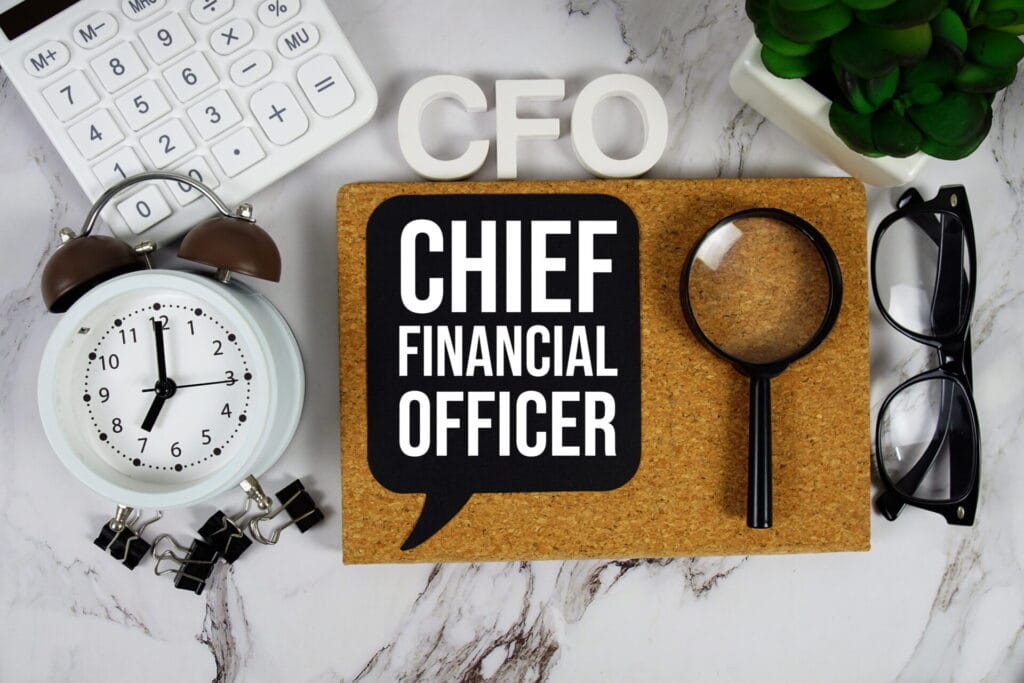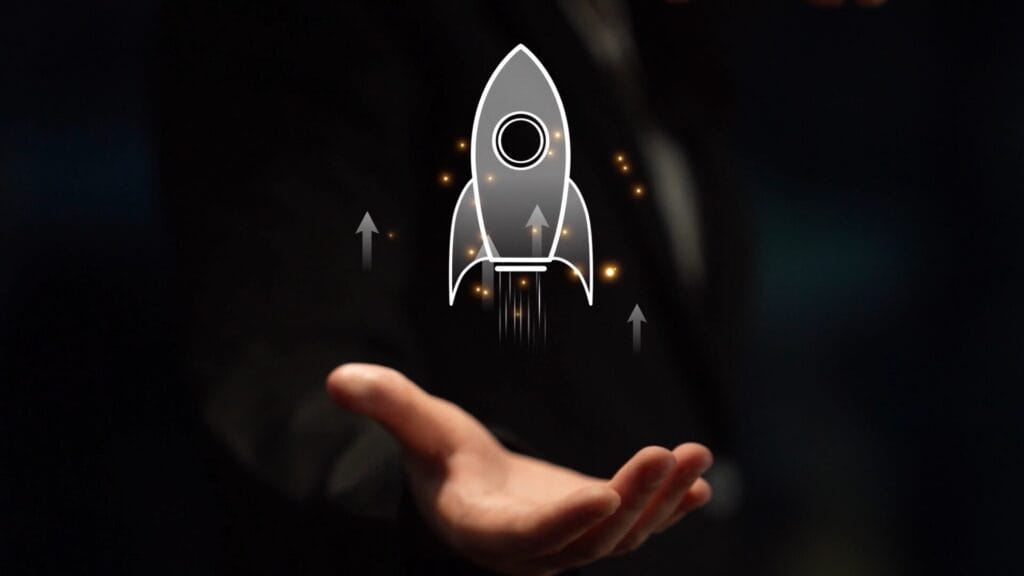SBA Loan
An SBA loan is a government-backed business loan provided by approved lenders but partially guaranteed by the U.S. Small Business Administration. These loans offer favorable terms, lower down payments, and longer repayment periods to help small businesses access capital for growth, equipment, or working capital needs.
Applying for an SBA loan can be a daunting task. The Small Business Administration (SBA) offers a variety of loan programs designed to help entrepreneurs get the financial support they need. Still, the information available makes it difficult to know whether or not an application is even likely to succeed.
In this article, we’ll provide a snapshot of the minimum requirements for an SBA loan and a detailed overview of the documents you must submit to apply. You’ll be ready to start your application on the right foot by the end of this article.
Getting your financial information together is one of the hardest parts of applying for an SBA loan. Fortunately, with the help of indinero’s accounting services for small businesses, it doesn’t have to be so difficult.
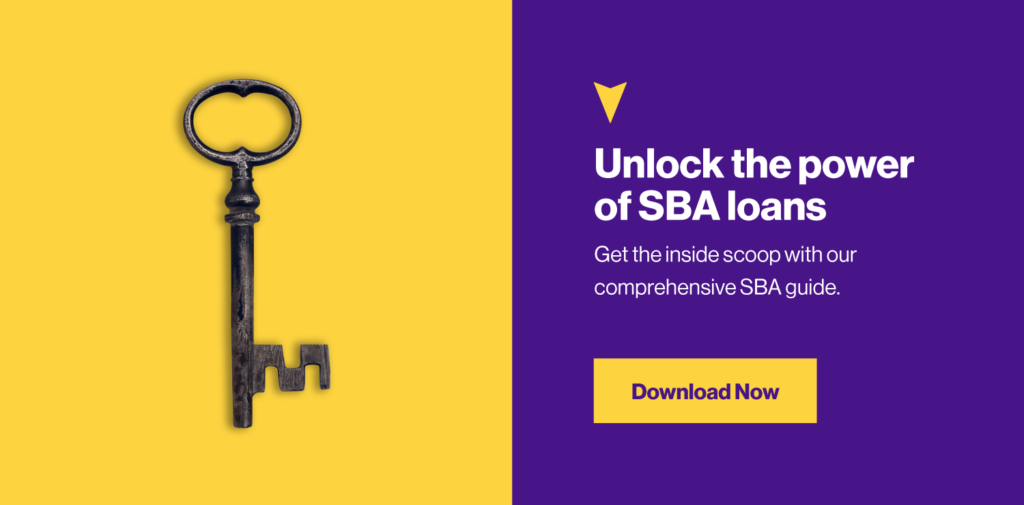
What Is an SBA Loan?
When people say “SBA loan,” they refer to the 7(a) loan program. It’s the most common type of business loan backed by the SBA, both in number of loans and total dollars lent.
Nevertheless, there are about half a dozen SBA-backed loans, and they’re all designed to assist small businesses that may not qualify for traditional bank financing. They’re partially guaranteed by the SBA, which reduces the risk to lenders and makes it easier for small businesses to secure the funds they need.
The bottom line for businesses is that an SBA loan carries favorable interest rates compared to other available options.
Comparison of Different SBA Loan Programs
While the 7(a) loan is the most common type of SBA loan, it’s not the only option available to small business owners. The SBA actually offers several loan programs, each tailored to different business needs and situations. Understanding these options can help you choose the program that best fits your specific requirements.
As mentioned earlier, the 7(a) loan program is the SBA’s most popular offering. It’s a versatile loan that can be used for various business purposes, from working capital to equipment purchases. With loan amounts up to $5 million and terms extending to 25 years for real estate, it’s a solid choice for many businesses.
However, if you’re looking to finance major fixed assets like real estate or heavy equipment, the CDC/504 loan program might be a better fit. This program offers loans up to $5.5 million with fixed interest rates, making it ideal for businesses planning significant expansions or upgrades.
The Microloan program provides loans up to $50,000 for lower amounts. These SBA loans are perfect for startups or small businesses needing working capital, inventory, or small equipment purchases. The terms are shorter—up to 6 years—but they can be a lifeline for businesses that might not qualify for larger loans.
The SBA also offers specialized programs like Disaster Loans for businesses affected by declared disasters and the Export Working Capital Program for businesses engaged in international trade. Each program has its terms, limits, and best use cases, so it’s worth exploring all your options before deciding which to pursue.
Minimum SBA Loan Requirements
Due to their favorable interest rates, accepting an SBA loan is a competitive process. In 2019, a Federal Reserve survey reported that only ~52% of applicants were approved for SBA funding.
Since compiling the documents for an application is a time-intensive activity, it’s worthwhile to check that your business meets certain requirements before you start.
Basic Criteria
- Your business is currently in operation
- The business is for-profit
- Your primary office is located in the U.S
- You employ fewer than 500 employees
- You have less than $7.5 million in annual revenue
- You aren’t able to obtain the desired credit through other avenues
Financial Criteria
You won’t be rejected outright if you don’t meet the following criteria, but it would take an exceptionally strong application to overcome.
| Personal Credit Score | At least 630* |
| Debt to Income Ratio | 50% or below |
| Debt Service Coverage Ratio | 1.15 or better |
| Down Payment | 10-30% of loan principal |
| Collateral | Equal to the value of the loan |
Sources: 504 Capital, SBA 7(a), Lending Tree
Calculating Debt to Income (DTI) and Debt Service Coverage Ratio (DSCR)
In addition to credit scores, these ratios are how lenders evaluate whether a business can pay back their debts. They’re calculated slightly differently, so let’s look at some examples.
Debt to Income calculates gross monthly revenue against monthly debt obligations, like so:
| Debt to Income = Monthly Debt Obligation/Monthly Revenue = $2,000/$10,000 = 20% |
On the other hand, a debt service coverage ratio considers annual profits against total outstanding debt, regardless of term length. So even if a loan isn’t due to be paid back for a decade, the entire principal is considered in this calculation. For example:
| Debt Service Coverage Ratio = Annual Profit/Total Outstanding Debt = $100,000/$80,000= 1.25 |
Tips for Improving Your Chances of SBA Loan Approval
Securing an SBA loan can be competitive, but there are several steps you can take to improve your chances of approval. One of the most important factors is your credit score. Your personal and business credit scores play a crucial role in the approval process. If your scores aren’t where you’d like them, focus on paying down existing debts and ensuring all payments are made on time.
Another critical element is your business plan. Lenders want to see that you have a clear vision for your business and a solid strategy for growth. Your business plan should include detailed financial projections, showing how you expect your business to perform over the next few years. These projections should demonstrate your ability to repay the loan.
Demonstrating industry experience can also significantly boost your application. Lenders are more likely to approve loans for businesses run by individuals with a track record in the industry. If you’re new to the field, consider partnering with someone with relevant experience or highlighting any transferable skills from your previous roles.
Finally, be prepared to invest in your business. Most SBA loans require the owner to have some “skin in the game.” This means you should be ready to contribute some of your funds or assets to the business. This shows lenders you’re committed to your business’s success and willing to share in the risk.
What Disqualifies You From Getting an SBA Loan?
The most common reasons SBA loans are denied are poor credit, too much-existing debt, or insufficient collateral. Other reasons include:
- Prior bankruptcy
- Negative taxable income
- Prior violent or financial felony or misdemeanor
Certain industries are ineligible for SBA loans as well. Those include:
- Gambling
- Real estate
- Lending institutions
- “Adult” businesses
- Non-profits
SBA Loan Rejection and How to Avoid It
While we’ve discussed what might disqualify you from an SBA loan, it’s equally important to understand the common reasons for rejection and how to avoid them. One of the most frequent reasons for rejection is insufficient cash flow.
Lenders need to see that your business generates enough income to cover your existing obligations plus the new loan payments. To avoid this, work on improving your cash flow before applying, and be prepared to explain any past issues or seasonal fluctuations.
Another stumbling block is incomplete or disorganized documentation. SBA loans require significant paperwork, and missing or inaccurate documents can lead to automatic rejection. To prevent this, create a checklist of required documents and review everything carefully before submission. Don’t hesitate to ask your lender or a financial advisor for help if you’re unsure about any requirements.
A lack of collateral can also lead to loan rejection. While the SBA requires less collateral than traditional loans, they still expect borrowers to have some assets to secure the loan. If you’re short on traditional collateral like real estate or equipment, consider what other assets you can offer.
Finally, a poorly executed business plan or unclear loan purpose can result in rejection. Lenders need to understand exactly how you plan to use the funds and how this will benefit your business. Be specific in your plan, and be prepared to explain how the loan will help your business grow or become more profitable.
What Documents Do You Need for an SBA Loan?
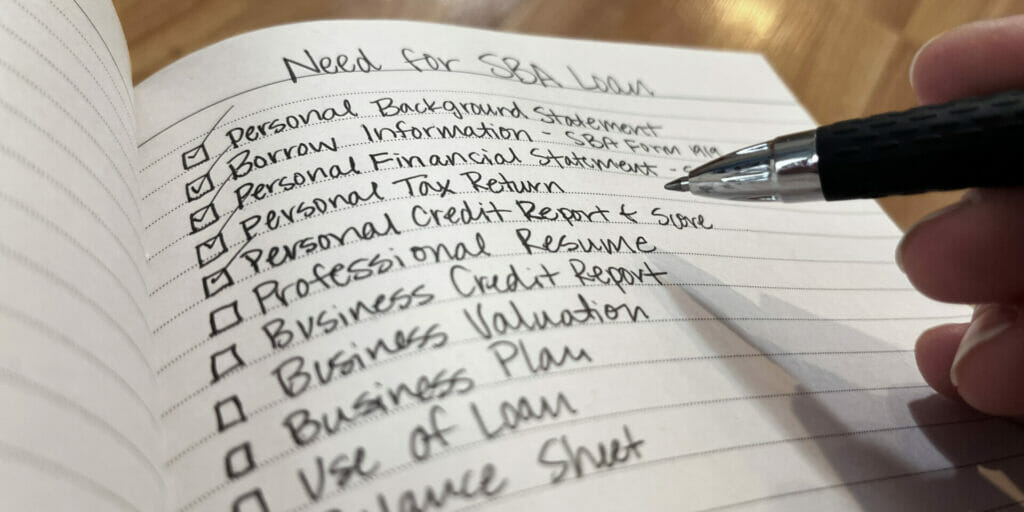
Personal Background Statement
Most SBA lenders will ask for a written statement detailing your personal background. Craft a comprehensive narrative of your personal history. Include all past addresses, aliases, any criminal records, and your educational journey. This document serves as a verifiable biography, providing a clear picture of your background to lenders.
Borrow Information: SBA Form 1919
This form delves into various facets: your details, loan specifics, existing debts, key business personnel, and any history of government financing. It’s a comprehensive snapshot of your loan-related circumstances.
Personal Financial Statement: SBA Form 413
Given the necessity of personal guarantees for most SBA loans, this form is crucial for detailing your financial landscape – encompassing assets, liabilities, and income. Remember, all significant business owners (of 20% or more), their spouses, and guarantors must complete it.
Personal Tax Returns
As with your credit score, the SBA will look at your personal tax returns to analyze whether or not you’ll be fiscally responsible when you take on your SBA loan. Be prepared to provide your personal tax returns for the past two tax years. If, for any reason, you are behind on your tax filings, you’ll be expected to show proof of an extension along with a written explanation of why you chose to extend your deadline.
Personal Credit Report & Score
Because small businesses typically have very little borrowing history, the SBA will rely on the business owner’s personal credit reports and scores to better understand borrowing and debt repayment habits.
To access this information, your approved SBA intermediary lender will solicit your credit report from one or more of the three major credit reporting agencies—Experian, Equifax, and TransUnion.
To prepare for this SBA loan requirement, take the time to pull your personal credit reports from all three agencies, so you know your score and can check for any false information. If you do encounter errors, contact the reporting agency in writing to have it corrected before submitting your SBA loan application.
Professional Resume
Along with your background, SBA loan requirements include a professional resume. Like a resume for any job application, this document will show lenders your business experience and how well you know your industry.
Your resume is an excellent opportunity to describe what makes you qualified to run your small business and how prepared you are to use your SBA loan successfully. It is particularly important if your business is just starting, so carefully craft this document.
Business Credit Report
Not all applicants will have this, but if you have already been in business for some time, your lender might pull a business credit report.
As with your personal credit report, it’s a good idea to examine these documents yourself before applying for a loan to ensure all the information is accurate and you feel prepared for what your lender will see.
Business Valuation
If the loan is used to purchase an existing business, the lender will require an independent third party evaluation.
Business Plan
All SBA loan applications will ask you to submit a business plan detailing the future projections for your business. This should include financial projections like future sales, cash flow, profit margin, and your company’s more qualitative goals like its mission, values, and brand promise. This is your opportunity to convince the lender in your own words that you’re worth the investment, so take the time to do it well!
Use of Loan
To help the lender understand whether this loan is a good investment for your business (and how likely you are to be able to repay it), they will want to know how you plan to use the loan. Organizations can use SBA loans for various business purposes, but your intended use of funds may determine which SBA loan program best suits your needs.
Make sure you review the SBA loan requirements for the 7(a) loan, the CDC/504 loan, and the SBA’s microloan to ensure your use of funds appropriately matches the loan program.
Balance Sheets
Your SBA loan requirements will include a current balance sheet, updated within the last 60 days, and monthly or quarterly balance sheets for the last three years.
Profit & Loss Statements
Most SBA lenders will ask for a year-to-date profit and loss statement (P&L), updated within the last 60 days, and full P&Ls for the past three income years.
When reviewing your P&L, lenders will check to see that your cash flow is steady enough to weather business cycles.
Debt Schedule
Your business debt schedule lists all the debts your business currently owes. They’re broken down into monthly payments and will show your interest and payment dates.
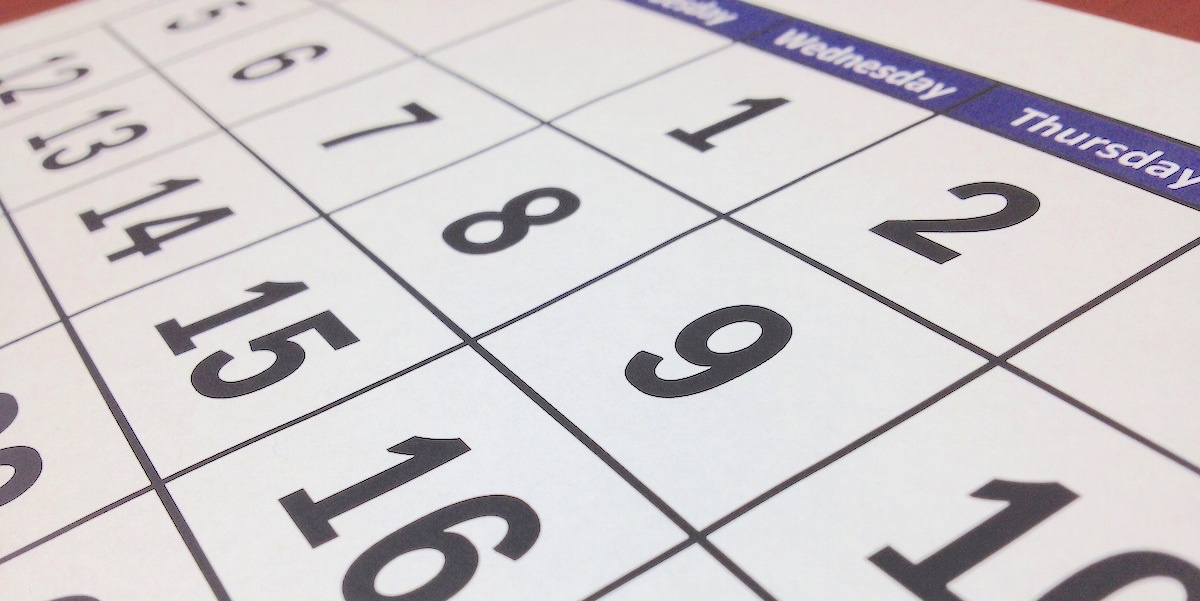
Business Income Tax Returns and Bank Statements
After reviewing the financial documents prepared internally by you or your accountant, the SBA lender will look to your business income tax returns and bank statements to verify this information.
Your lender will closely review bank statements and tax returns. Any disparity between the two documents is considered a red flag. Therefore, you must carefully audit these documents alongside your financial reports before submitting your loan application.
Collateral
Most accepted SBA loans include collateral. This can be anything valuable, whether owned by the business or you personally, that you’re willing to risk losing if you’re unable to repay your SBA loan. Some examples of collateral include your family home or other real estate, a vehicle, equipment, or inventory.
Legal Documents
While the legal business documents required can vary between SBA lenders, it’s wise to organize your business documentation so that you are prepared to provide copies of any and all business structuring or legal documents. These might include:
- Business licenses and registrations allow you to conduct business
- Articles of Incorporation
- Contracts with third parties (like clients or suppliers)
- Franchise agreements
- Leases for commercial real estate or business equipment
Alternative Financing Options if You Don’t Qualify for an SBA Loan
Don’t lose hope if you don’t qualify for an SBA loan. There are several alternative financing options available for small businesses. Traditional bank loans, while often harder to qualify for than SBA loans, can offer good terms if you have a strong credit history and established business. These loans typically have lower fees than SBA loans but may require more collateral.
Online lenders have become increasingly popular in recent years. These lenders often have more flexible requirements than traditional banks and can quickly provide funds. However, be prepared for higher interest rates and shorter repayment terms.
Venture capital or angel investors might be options to consider for startups or businesses with high growth potential. These investors provide capital in exchange for equity in your company. While this means giving up some ownership, you don’t have to worry about loan repayments.
Crowdfunding has also emerged as a viable option for some businesses. Platforms like Kickstarter or Indiegogo allow you to raise funds from many individuals, often in exchange for rewards or pre-orders of your product.
Remember, each of these options has its pros and cons. When exploring alternative financing options, consider your business’s specific needs and long-term goals.
The Role of SBA-Approved Lenders
When applying for an SBA loan, choosing the right lender can significantly improve your experience and chances of approval. SBA loans are not granted directly by the SBA but rather by SBA-approved lenders. These lenders, which include banks, credit unions, and specialized lending institutions, have met the SBA’s requirements and are authorized to issue SBA-guaranteed loans.
Working with an experienced SBA-approved lender can streamline your application process. These lenders are familiar with SBA requirements and can guide you through the complex application process. They can also help you determine which SBA loan program is best suited for your needs.
You can use the SBA’s Lender Match tool on their website to find SBA-approved lenders in your area. This tool connects you with lenders based on your business needs and location. You can also check with your local SBA office for recommendations.
When choosing a lender, consider their experience with your industry and the specific SBA loan program you’re interested in. Some lenders specialize in certain types of businesses or loan programs. Don’t hesitate to ask potential lenders about their SBA loan approval rates and processing times.
Remember, while the SBA sets general guidelines, each lender has some flexibility in their requirements and processes. It’s often worthwhile to speak with multiple lenders to find the best fit for your business.
SBA Loan Process: Step-by-Step Application Guide
Applying for an SBA loan can seem daunting, but breaking it down into steps can make the process more manageable. The first step is to determine your eligibility. Review the basic and financial criteria we discussed earlier, and use the SBA’s Lender Match tool to get an initial idea of whether you’re likely to qualify.
Once you’ve confirmed your eligibility, choose the right SBA loan program for your needs. Consider each program’s loan amounts, terms, and purposes to find the best fit. Then, start gathering all the required documents. This includes personal and business financial statements, tax returns, and legal documents. Make sure all your financial statements are up-to-date and accurate.
Next, write or update your business plan. This should include detailed financial projections and clearly explain how you plan to use the loan funds. A strong business plan can significantly improve your chances of approval.
Now, it’s time to find an SBA-approved lender. Use the SBA’s Lender Match tool or contact your local SBA office for recommendations. Consider working with a lender who has experience in your industry.
Once you’ve chosen a lender, submit your application. This includes completing all required SBA forms and submitting your document package. Be prepared for the underwriting process, which involves thoroughly reviewing your business and personal finances. Respond promptly to any requests for additional information.
If your application is approved, carefully review the proposed loan terms and conditions. Don’t hesitate to ask questions or negotiate if necessary. Once satisfied with the terms, complete the closing process by signing all required documents.
Finally, you’ll receive your funds and can start implementing your plans. Remember to keep detailed records of how you use the loan funds. Thorough preparation and prompt communication with your lender can help ensure a smooth application process.
Once I apply, How Long Does it Take to Get an SBA Loan?
It takes between 30 and 90 days from when you submit your SBA loan to begin receiving funding (if approved).
SBA Loan Repayment Strategies
Once you’ve secured your SBA loan, it’s crucial to have a solid repayment strategy in place. SBA loans typically offer favorable terms but are still a significant financial obligation that requires careful management.
Start by incorporating your loan payments into your business budget. Make sure you have a clear understanding of when payments are due and for how much. Many businesses find it helpful to set up automatic payments to ensure they never miss a due date.
It’s also wise to create a cash flow forecast that extends several years into the future. This can help you anticipate any periods where making loan payments might be challenging, allowing you to plan ahead and potentially adjust your business operations accordingly.
While paying only the minimum required amount might be tempting, consider making additional payments when possible. Many SBA loans don’t have prepayment penalties, so paying extra can help you save on interest over the life of the loan. However, always check the terms of your specific loan before making extra payments.
If you encounter difficulties making payments, don’t ignore the problem. Contact your lender immediately to discuss your options. The SBA offers deferment and forgiveness options in certain circumstances, particularly during economic hardship or natural disasters.
Remember, successfully repaying your SBA loan fulfills your obligation and strengthens your business’s financial profile. This can make it easier to secure financing in the future if needed.
Can I use an SBA loan to start a new business?
Yes, SBA loans can be used for startups, but you may face stricter requirements. Lenders typically want to see you have industry experience and a solid business plan.
What interest rates can I expect on an SBA loan?
Interest rates on SBA loans are typically based on the prime rate plus an additional percentage. As of 2024, rates generally range from 11% to 16%, depending on the loan amount and repayment terms.
Can I have more than one SBA loan at a time?
Yes, it’s possible to have multiple SBA loans, as long as the total amount doesn’t exceed the SBA’s maximum limit and you can demonstrate the ability to repay all loans.
What happens if I default on an SBA loan?
Defaulting on an SBA loan can have serious consequences, including legal action, seizure of collateral, and damage to your credit score. Always communicate with your lender if you’re having trouble making payments.
How often can I apply for an SBA loan?
You can apply as often as you like, but each application will be evaluated based on your current financial situation and the performance of any existing SBA loans.
Conclusion
Securing an SBA loan may seem daunting, but it’s entirely achievable. By knowing the specific requirements, organizing your financials, and gathering all the necessary documents, you’ll be well on your way to presenting a strong application.
While the process may be competitive, the favorable interest rates and terms of SBA loans make the effort worthwhile. For a step-by-step breakdown, be sure to Read Your SBA Loan Guide here.
If you found this guide valuable and want to apply for an SBA loan, consider contacting an indinero small business expert. We’ll help you through the SBA loan application process and, even if you’re ultimately not approved, direct you to other potential lending sources.


